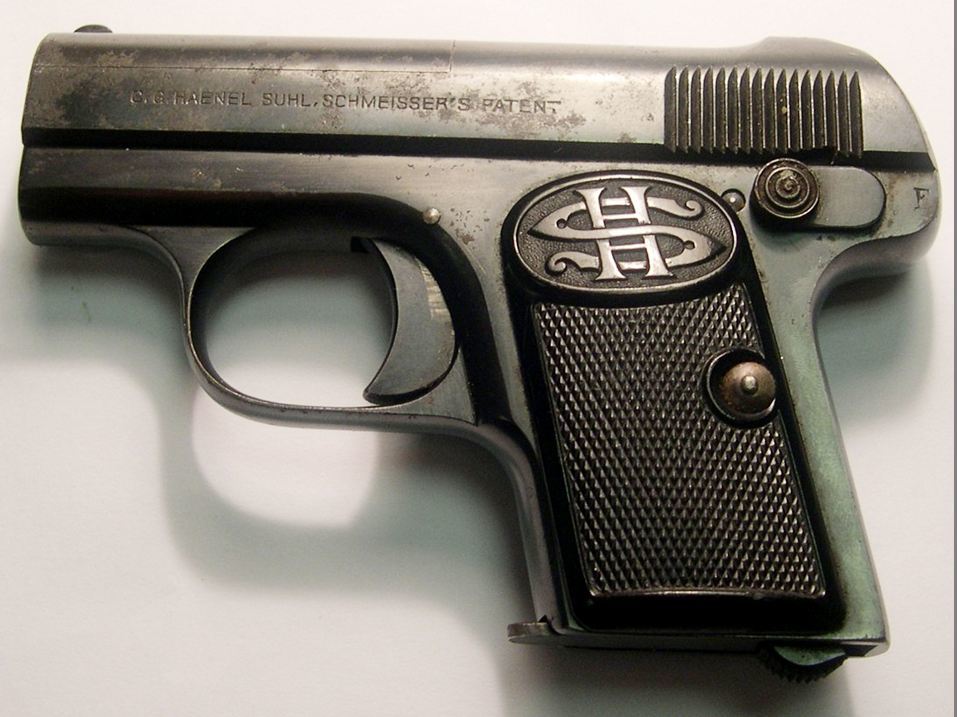The gun which killed Alistair Wilson has been the subject of intense scrutiny by police.
The small pistol was found 10 days after the murder when roadsweepers dredged it up from a drain a few streets from the Wilsons’ home.
The weapon was manufactured in Germany by Haenel Waffen of Suhl and the .25 calibre ammunition by Czech Republic-based Sellier and Bellot.
Due to its small size, the 4.5-inch pistol is sometimes referred to as a lady’s weapon.
The gun was made in Germany between 1922 and 1930.
DNA tests on the weapon were carried out at 12 laboratories in the year after the killing but yielded limited results.
These included swabs taken from inside the gun, including the internal mechanism, which were sent to England.
It is not known what new tests have been carried out on the gun in light of advanced techniques available to forensic specialists.
Detective Inspector Gordon Greenlees, the then-deputy senior investigating officer, also went to the continent to trace the origins of the unusual pistol and ammunition.
He visited the Czech Republic and Germany to discover its history, interviewed firearms experts in Suhl and visited the site of the now-demolished factory.
Officers followed an audit trail of every round of ammunition imported into the UK for a number of years.
In November 2005, nearly a year after Mr Wilson’s death, a list of people who owned a small automatic pistol like the one used in the killing was provided to police.
The small German-made pistol, referred to as a pocket, waistcoat or ladies’ gun, may have been brought into Britain as a war trophy.
Northern Constabulary revealed that about 40,000 of the weapons, intended for personal protection, were made for an East German firm in the eight years up to 1930.
Detective Chief Inspector Peter MacPhee said he had intelligence that they were available on the black market, particularly in eastern Europe.
The relaunch of the inquiry last year focussed particularly on the gun, with images of the actual murder weapon being released.
